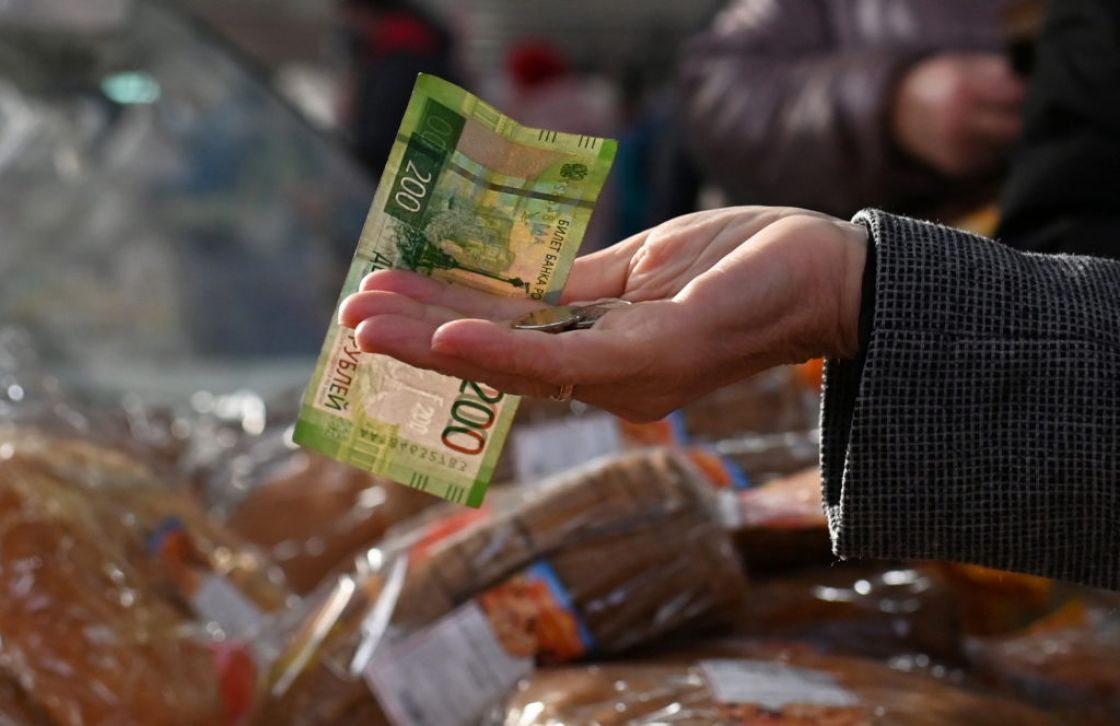- Editorials
- Posted
Kassioun Editorial 1071: Why Did The Ruble Hold Up? Lessons in Defiance
If we take a general look at the changes in exchange rate of the Russian ruble prior to February 24, 2022 and until today, that is, from the eve of the launch of the military operation in Ukraine, we will see that although the ruble’s value significantly deteriorated during the first weeks, reaching half the value it had against both the euro and the dollar, it quickly regained not only all the value it had lost, but an additional value even better than it was before February 24. On February 23, the dollar and euro were worth 79 and 92 rubles, respectively; today, May 22, they are at 62 and 65.5 rubles, respectively. The same applies to the ruble’s position against all other currencies globally, to the extent that Bloomberg, whose whims and affiliations are known, described the ruble as the strongest global currency for 2022.
This is happening despite the fact that Russia is now subject to the harshest, most comprehensive, and broadest forms of historically unprecedented sanctions, which have reached the point of punishing the Russian culture and banning its symbols, not to mention encouraging various kinds of racist discourses towards Russians, especially in Europe.
If we move from looking at the exchange rate index to other indicators, such as inflation and the prices of basic materials and services, including electricity, fuels, transportation, etc., the picture before us will be as follows: there have been increases in commodity prices, ranging on average between 10 to 20 percent during the period in which the ruble exchange rate dropped. However, after that and until now, prices have remained fixed and have not seem additional increases, while the prices of basic services have not changed and remained the same as they were before February 24.
On the other hand, commodity prices in the US and Europe, though they did not rise at the same rate in the early stages, they increased overall at higher rates than in Russia, with the difference that prices in the West are still increasing, and the expectation is that they will continue to increase. Additionally, the prices of all services have gone up, including electricity and fuel prices.
Over the past few grim decades, the world has become accustomed to the fact that a state punished by the West drowns and stumbles, except for a few examples that have been able to withstand (but without being able to affect those who impose the sanctions). The example that we are witnessing today is a completely different one, as not only did it withstand, but was also able to inflict on those imposing the sanctions heavy losses that are many times greater than what they tried to inflict on Russia.
While Russia was able to achieve this with its domestic capabilities, it also achieved it by the nature of the relations it has built over at least two decades with China, India, Brazil, South Africa, the Arab Gulf states, and other countries, relations which it had founded on parity and upholding its national currency.
The lesson that must be drawn and benefited from is that national currency is a major headline of sovereignty, which cannot be waived under any circumstances.
Upholding it is founded on a number of pillars, including moving away from pricing in the plundering Western currencies, turning to where exchanges can be done in local currencies, enhancing domestic production and alternatives, and strengthening economic relations with emerging countries on the basis of parity. All of these pillars can probably be summed up in one sentence: “Working exactly opposite the recommendations of the IMF and the World Bank”.


